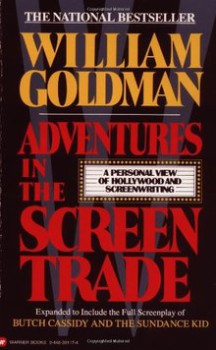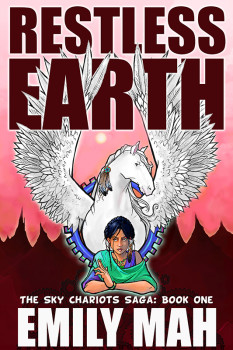On Becoming a Full-Time Writer
 In five days, on Thursday, June 25th, I’m very happy to be making a life transition. I’m taking a 2-year leave from my job to spend more time with my son. And while he’s in school, I’m going to write. I know more than a few people who have become full-time writers. For some it has worked. So I did a lot of thinking about how to make this work for me, and also why now is the right time.
In five days, on Thursday, June 25th, I’m very happy to be making a life transition. I’m taking a 2-year leave from my job to spend more time with my son. And while he’s in school, I’m going to write. I know more than a few people who have become full-time writers. For some it has worked. So I did a lot of thinking about how to make this work for me, and also why now is the right time.
Stage of Life
I turned 44 a few months ago. My son is 10 years old now. He loves being with me and vice versa. That may not be the case in a few years, so I’ve now got the next three summers to skip rocks with him, go camping yard-saling, bike-riding, tree climbing, fort-building ad exhaustium. During the school year, I’ll pick him up every day after school to go sledding or swimming or play MTG or video games or do homework or go to museums or science centers whatever is right. That’s a good plan for where I am in life.
And there’s the writing. I’ve been dreaming of being a writer since I was ten. When I was twenty-five, I dreamed of being a best-selling author by the time I was twenty-eight. Since that super-realistic dream, I’ve mused about different ways to write full-time, including retiring early. But really my choice is doing this while I’m young or doing this much later.









